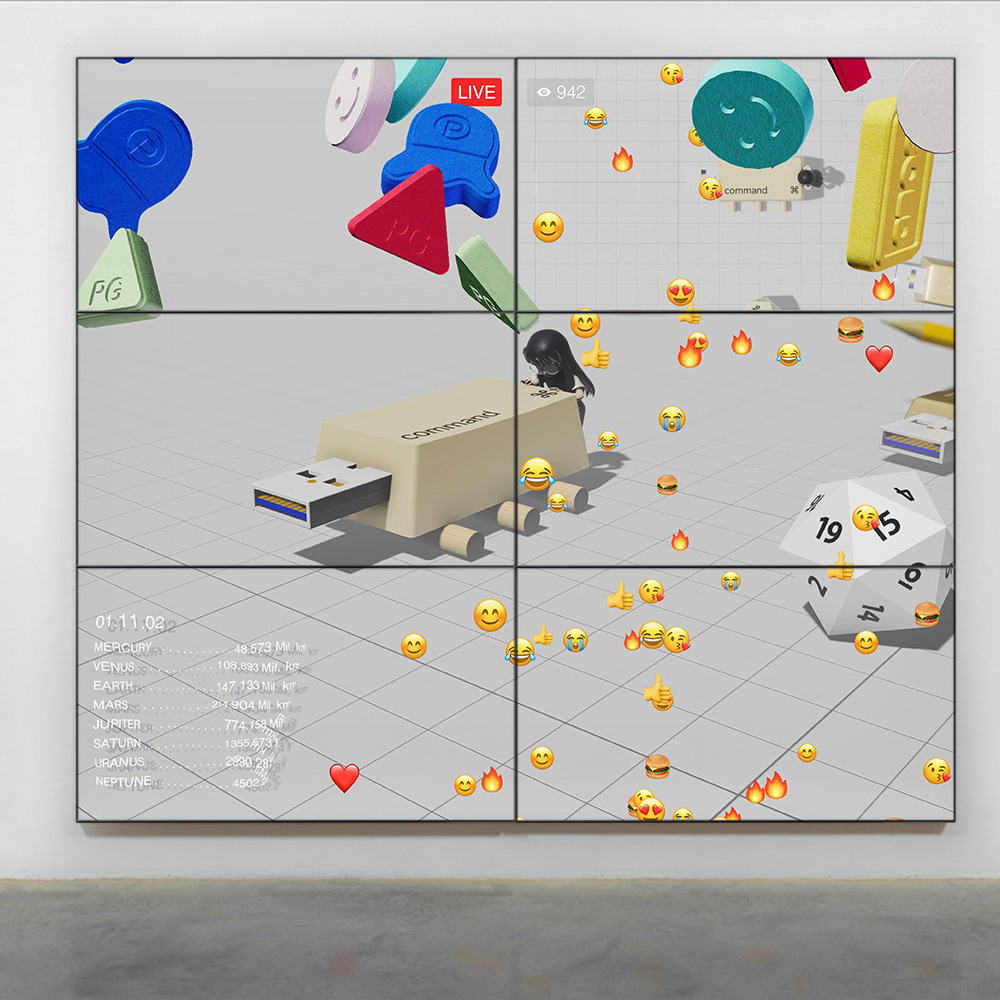
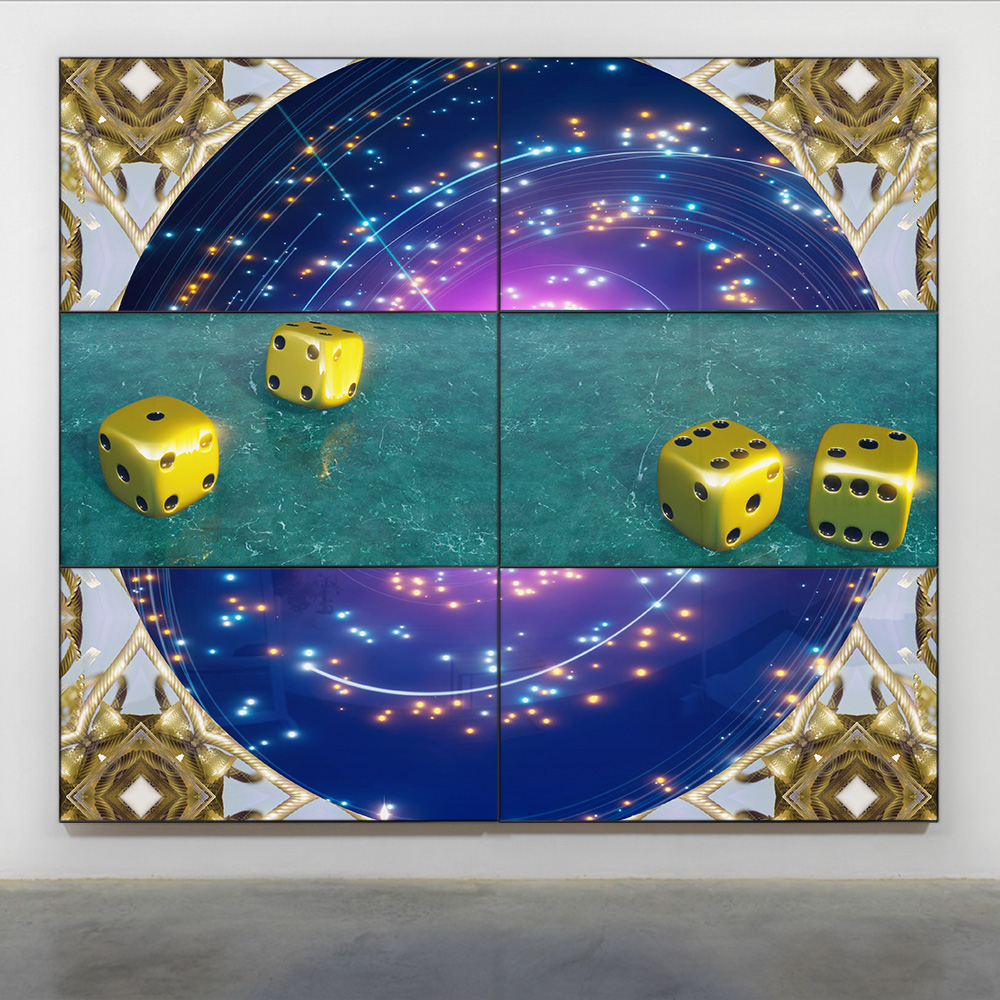
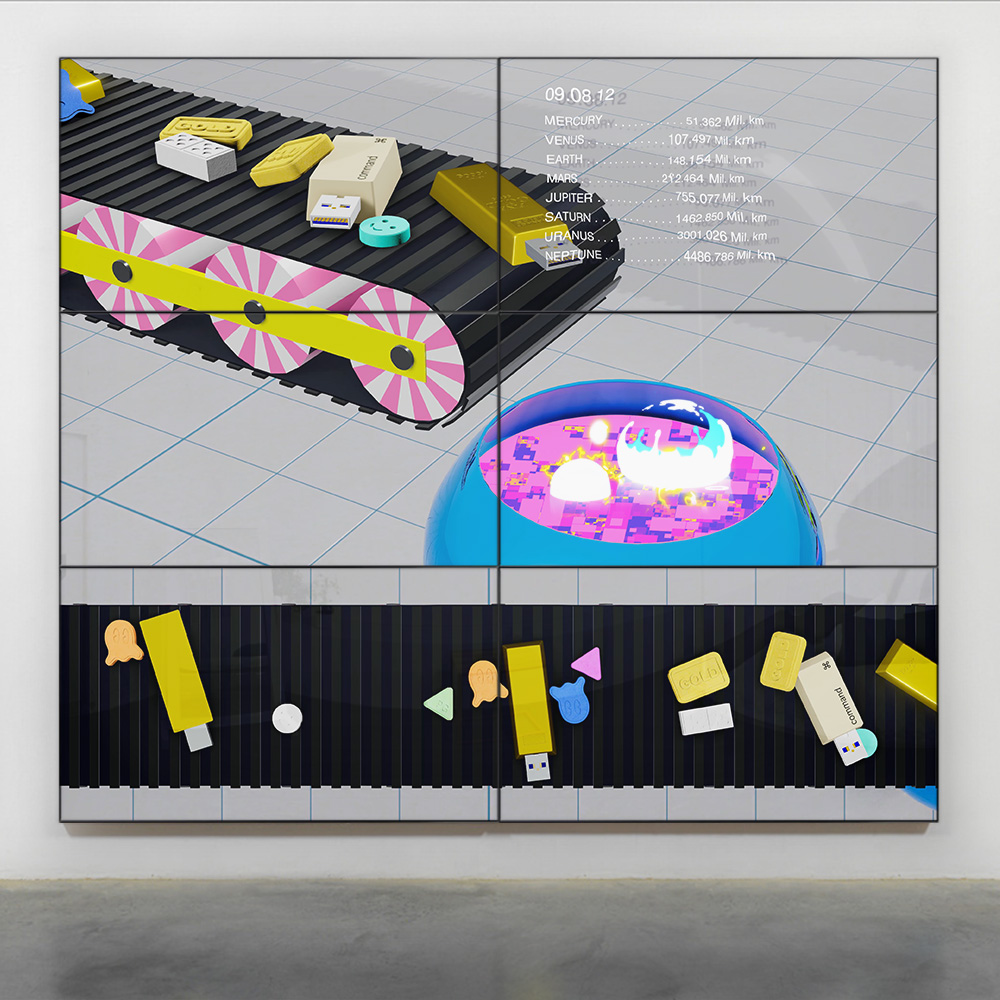
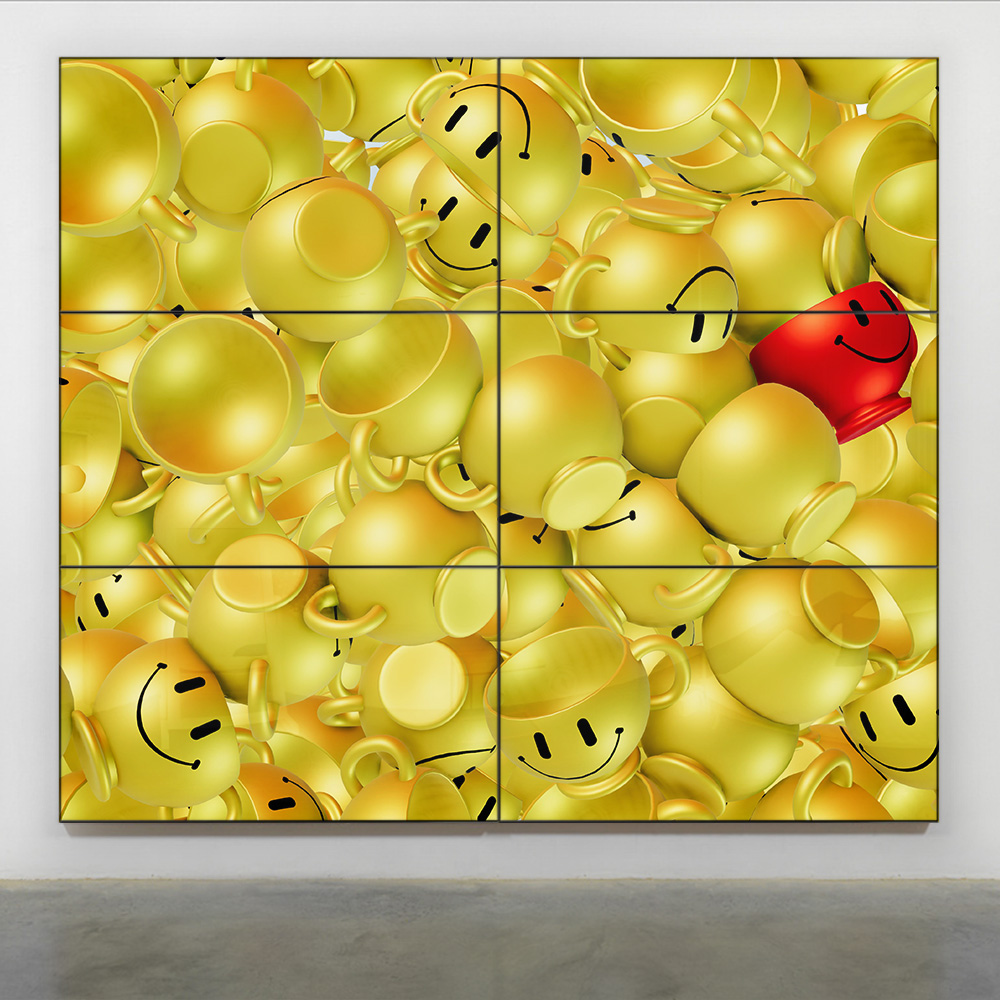
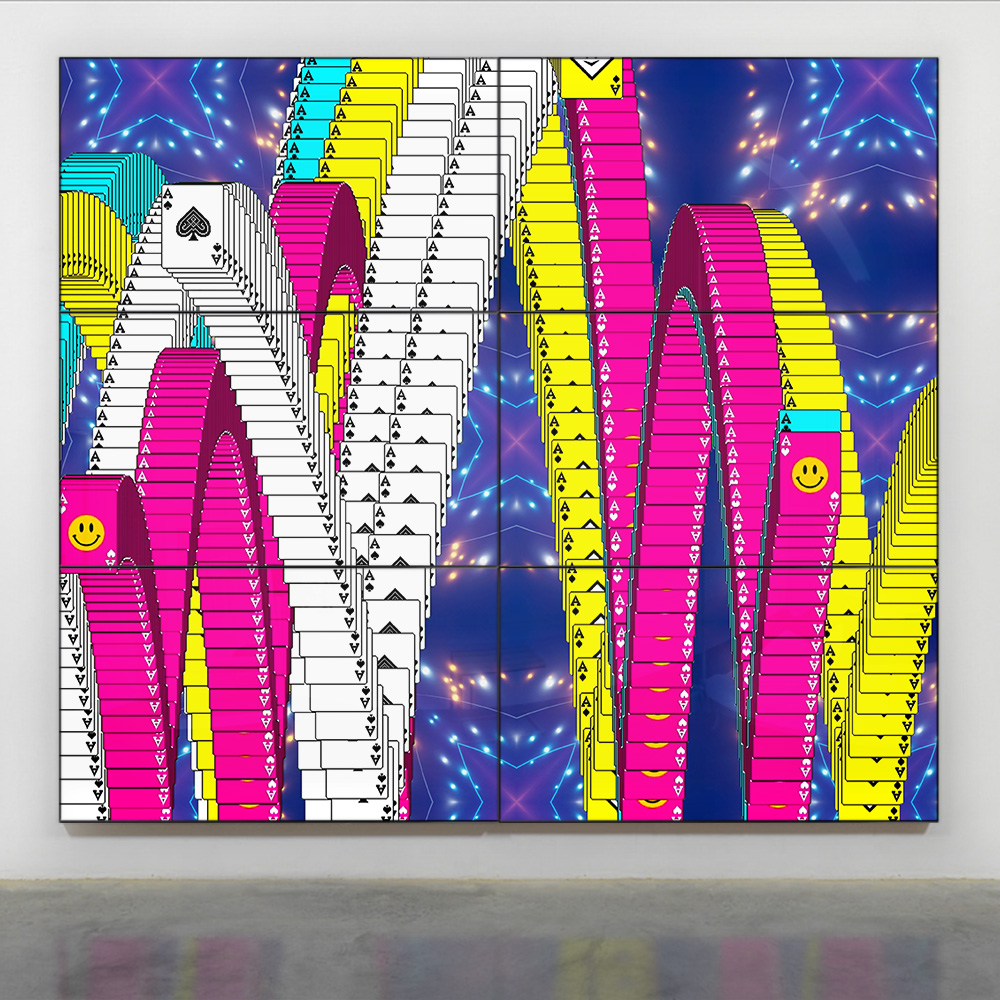
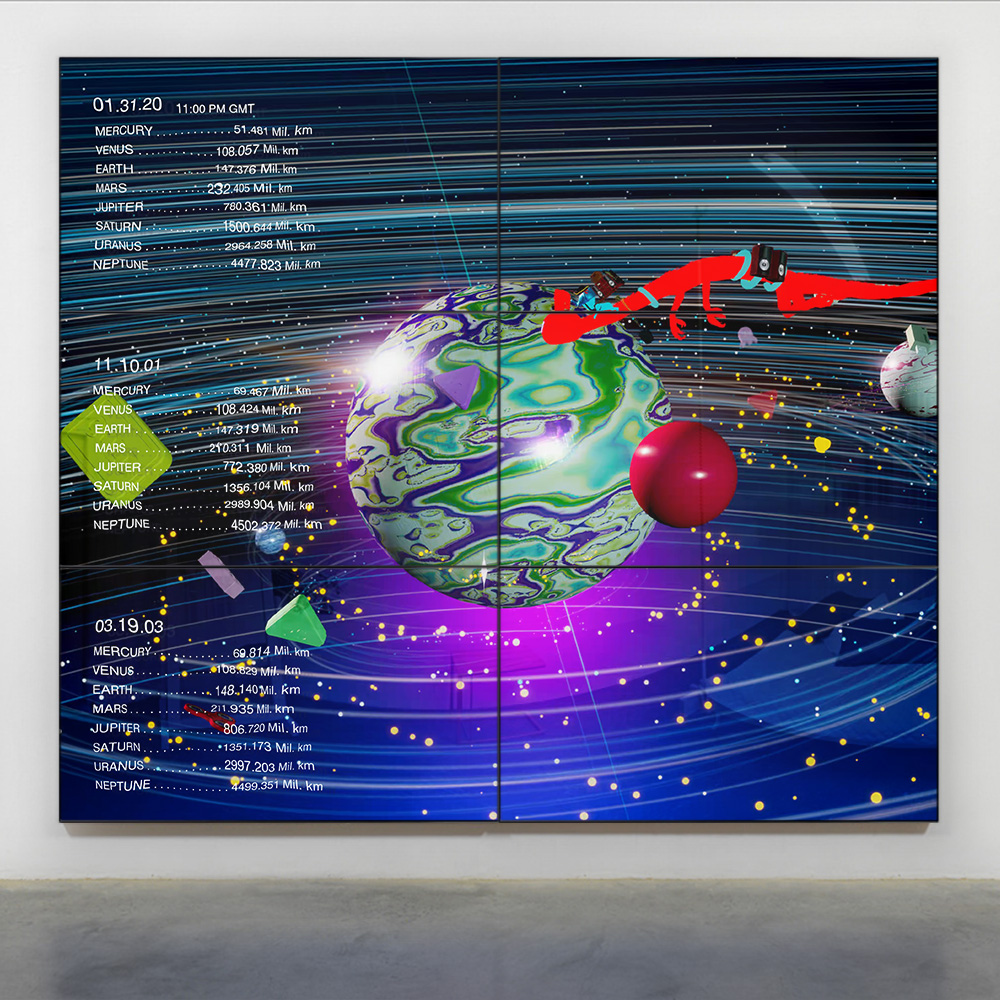
CONTACT@KRISPIERCE.COM BIOGRAPHY INSTAGRAM
Please Scream Inside Your Heart (Demo), 2020
Realtime 3D, custom software, live updating news feeds on vertical display
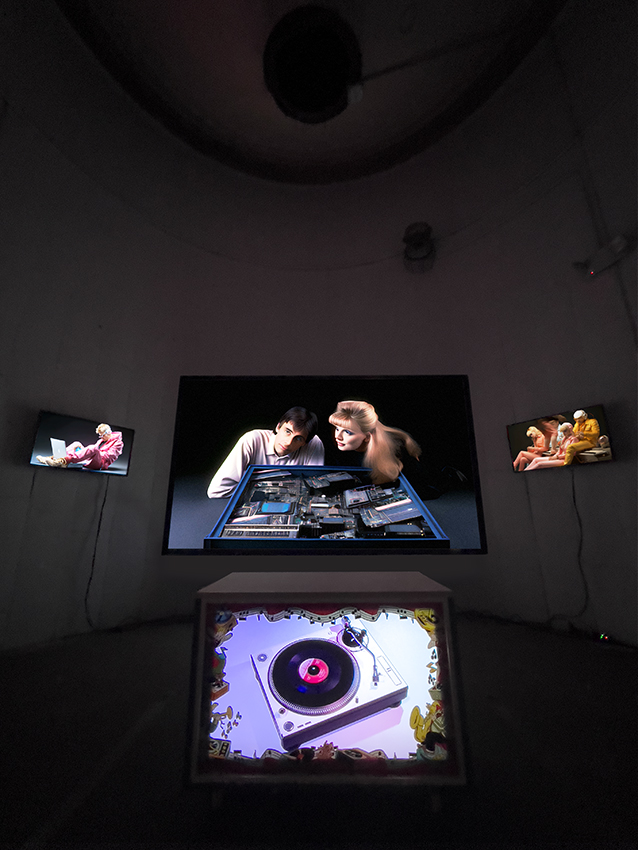
The Reality Show (Installation, Houston Sculpture Month), 2023
Tolex, casters, custom cabling, sound bar, print on acrylic, baltic birch, grill cloth, commercial display, 4 channel HD projection. 9 Minute Loop
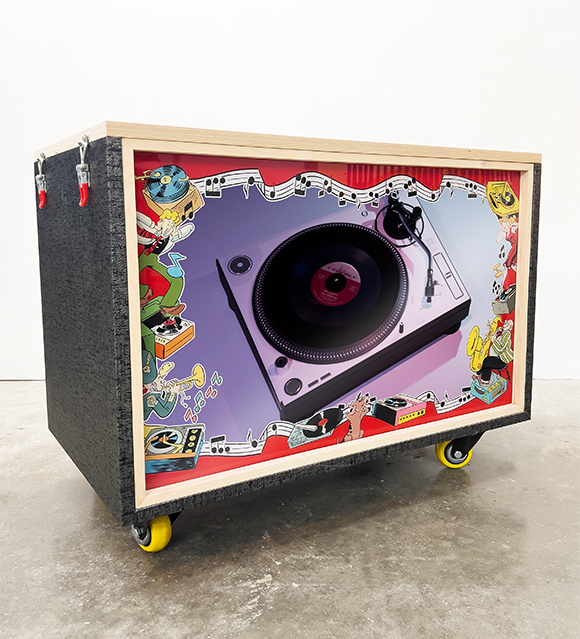
The Reality Show (Sculpture Detail), 2023
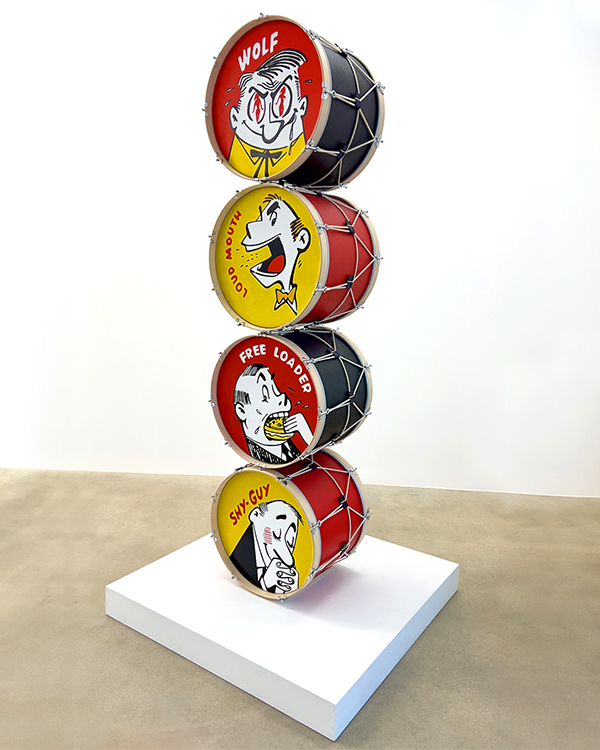
Stacked Drum Majors in Suits (Installation), 2022
Custom fabricated bass drums, tolex, birch, leather, cotton, acrylic & enamel on mylar
23 x 20 X 90 inches
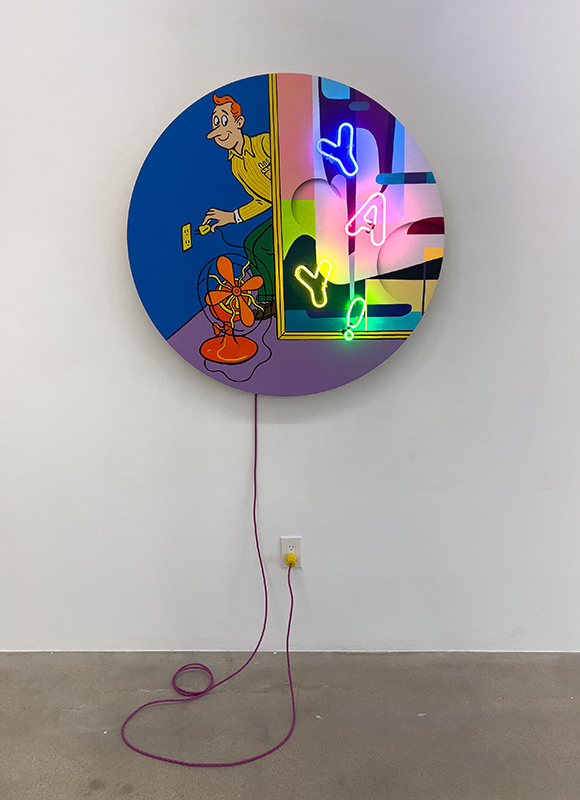
Yay!, 2024
Acrylic, enamel, neon on birch tondo + custom cable
42 inches
User Flair, 2022
Acrylic + enamel on panel, toggle clamp, ISBN 1-4391-6734-6, custom power cable, HD loop on commercial display . 19 Min 35 Sec . 48 X 48 inches
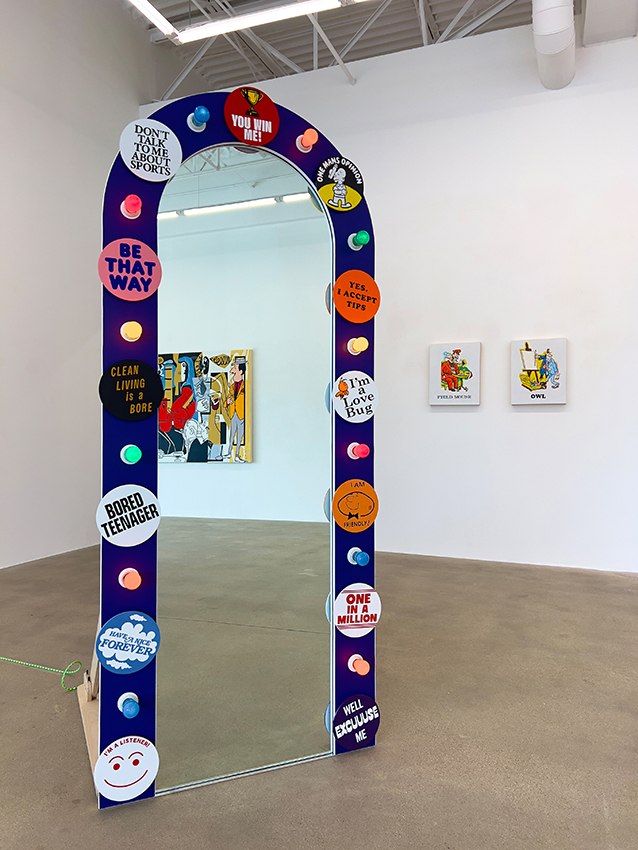
Pepper's Ghost (Installation), 2024
Acrylic, enamel, t-molding, MDF, marquee lights, light fixtures, Baltic birch, custom cabling, custom power cable, mirror
84 x 35 X 35 inches
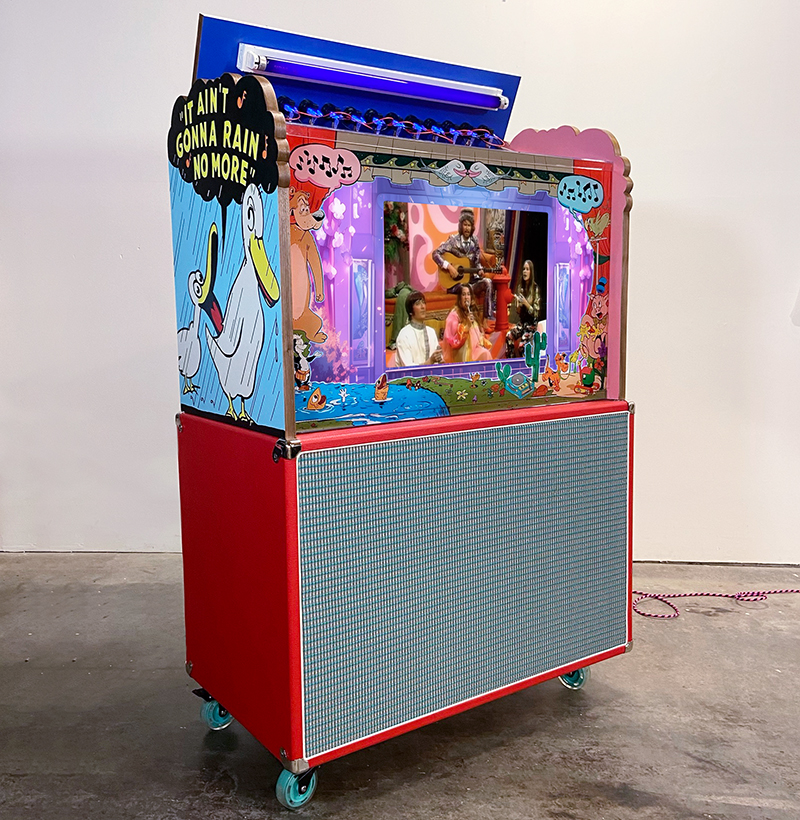
Cosmic Rerun, 2024
Acrylic on MDF, print on acrylic, walnut, tolex, grill cloth, clear casters, speakers, Baltic birch, arcade buttons, amplifier, custom cabling, custom power cable, black light, HD video on commercial display . 26 minutes 47 seconds
54 x 18 x 32 inches

Mirror Carousel, 2023
Acrylic, enamel on Baltic birch and canvas . 81 X 60 inches
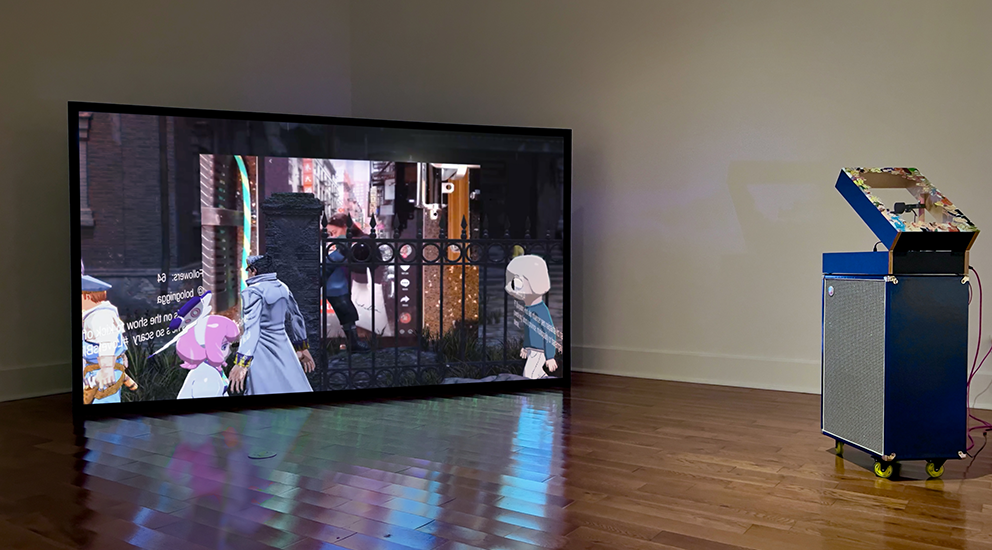
Vampire Jukebox (Installation), 2022
Baltic birch plywood, speakers, faux fur, tolex, casters, Formica, digital print on acrylic, stereo amplifier, power strip, iPad mini, Arduino uno, stepper motor, tablet stylus, webcam, custom cabling, real-time twitter data, custom software, and real-time 3D projection.
Vampire Jukebox (Realtime Projection Demo), 2022
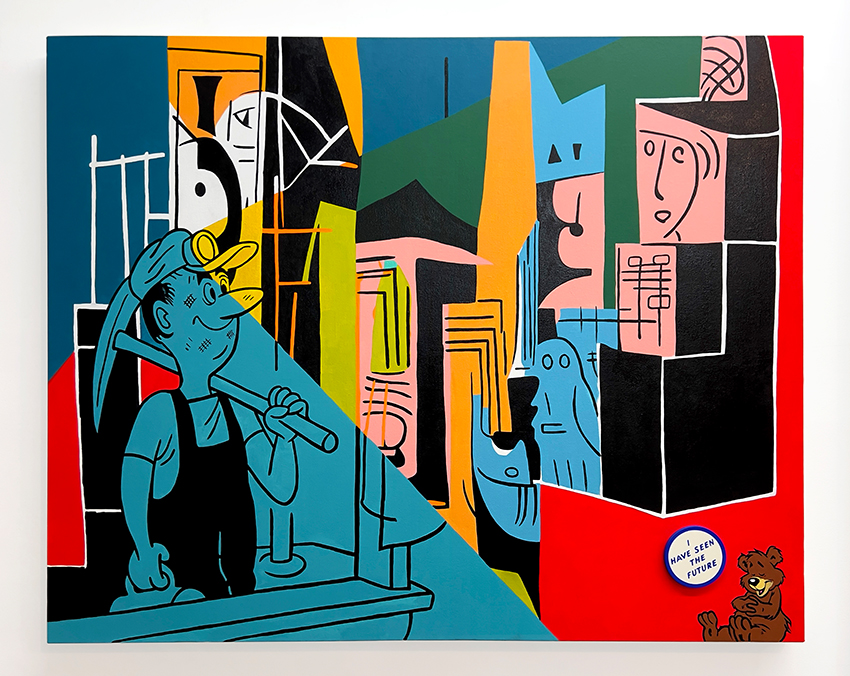
Data Miner, 2023
Acrylic, enamel on Baltic birch and canvas . 50 X 40 inches
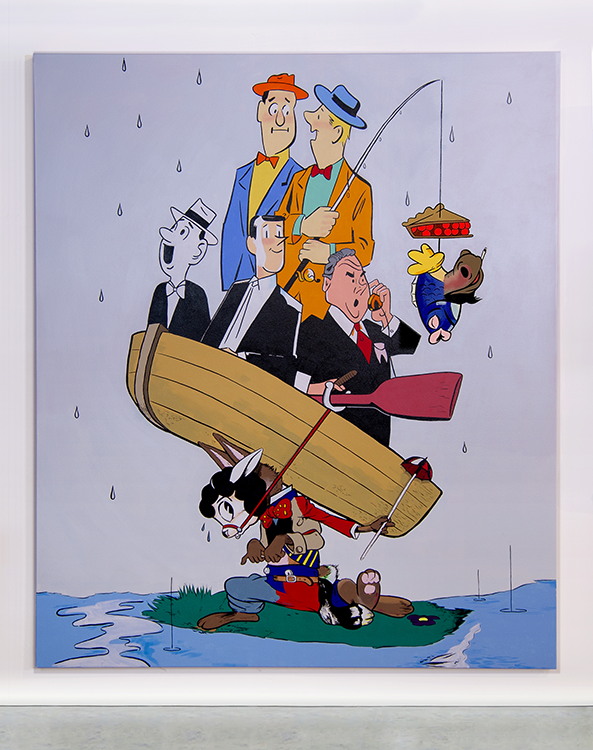
I Never Knew You Were a Polecat, 2022
Acrylic + Enamel on Canvas . 60 X 72 inches
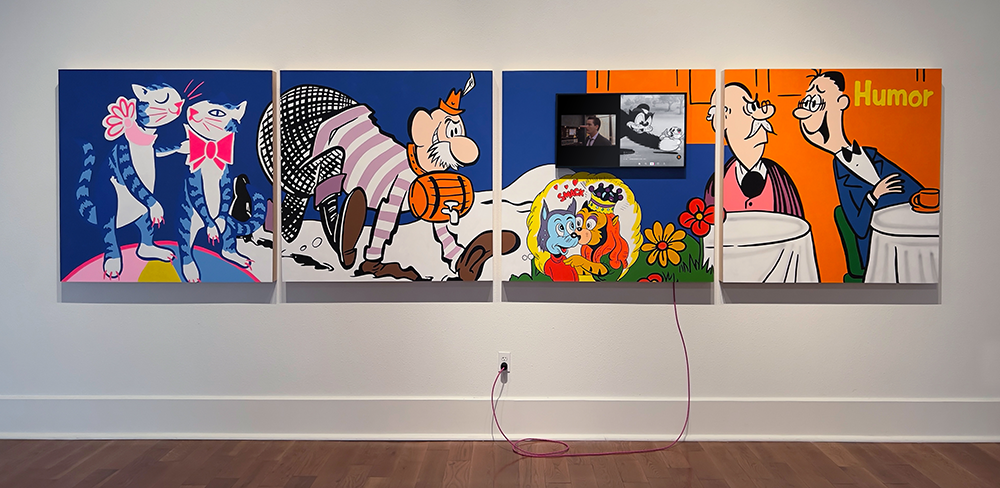
Spooky Action at a Distance (Installation), 2022
Acrylic and enamel on panel, commercial display, custom power cable, HD loop 25 minutes
192 X 48 inches
Spooky Action at a Distance (Video Panel Clip), 2022
Interlude (Excerpt), 2019
2 Channel Networked HD Video . 9 Minutes 23 Seconds
Boiling a Ship in the Sea (Excerpt), 2017
HD Video . 4 Minutes + Audio Mixtape . 40 minutes
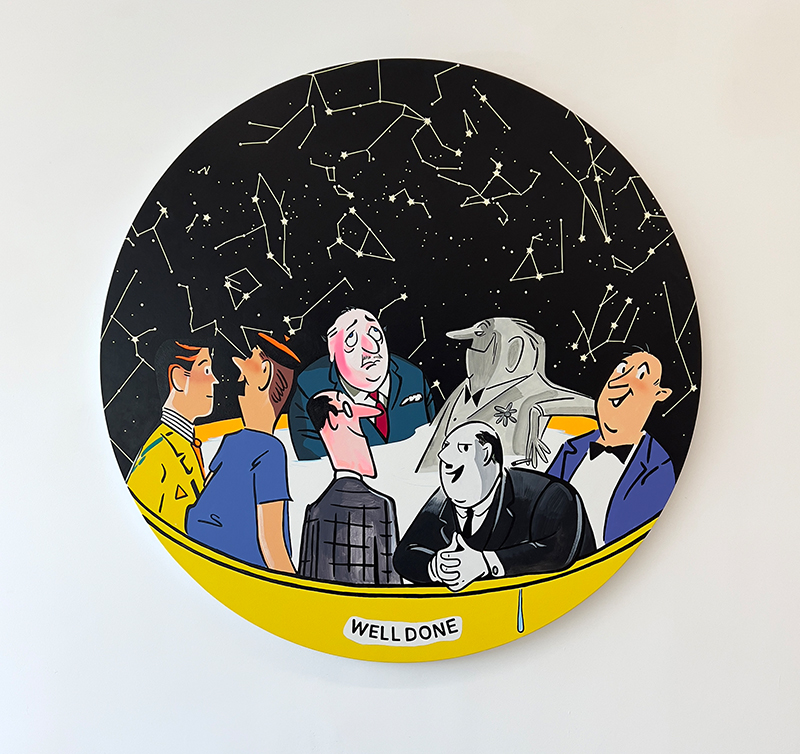
Well Done, 2023
Acrylic, enamel on canvas
60 inch tondo
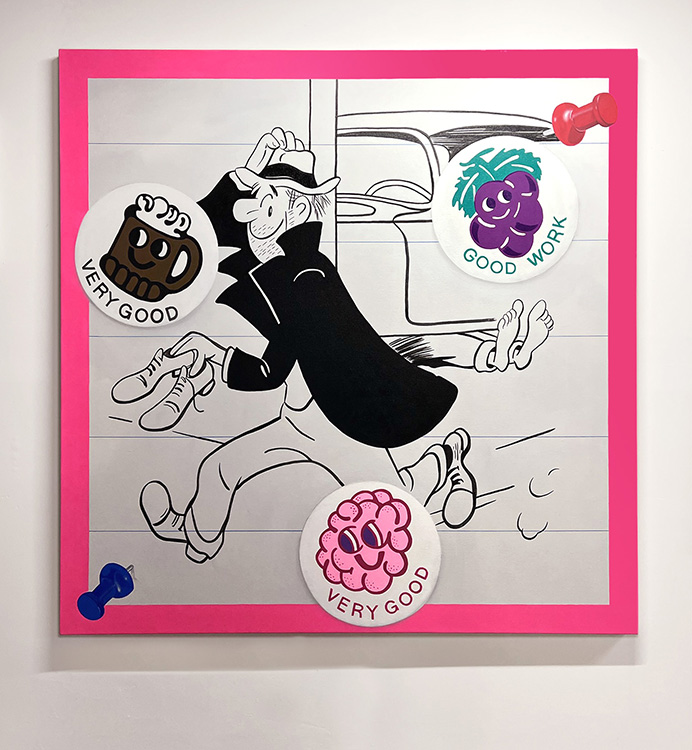
Very Good Work, 2022
Acrylic + Enamel on Canvas . 60 X 60 inches
Almost Baroque (Installation Stills), 2020
6 Channel Networked 4K+ Video, 60fps . 9 Minute 45 Second Loop
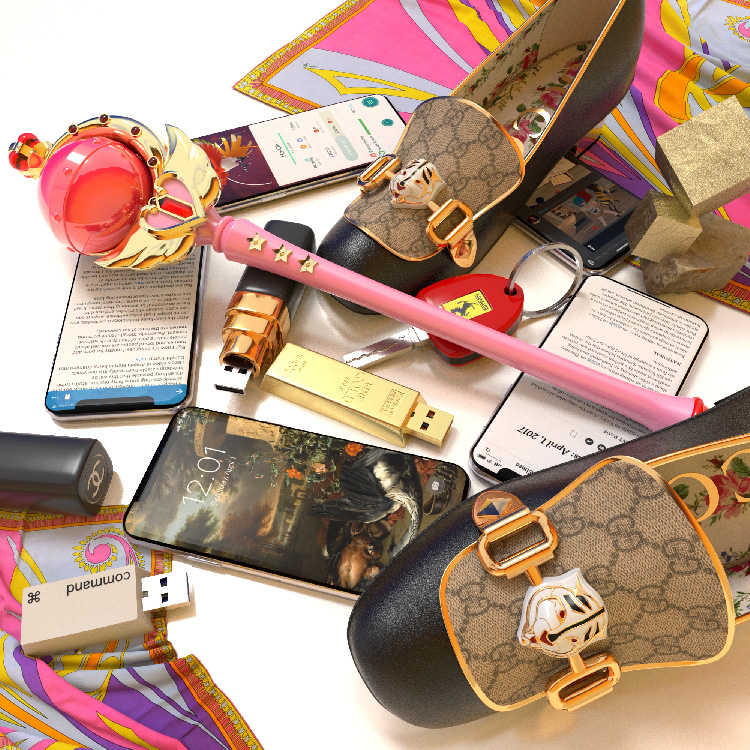
Beverly Park 12:01AM 1566870 Polygons, 2019
Computer-Generated Models and Rendering, Archival Pigment Print on Mirror . 48 X 48 inches
Free Food (Excerpt), 2018
Stacked 2 Channel HD Video
. 4 minutes 40 seconds
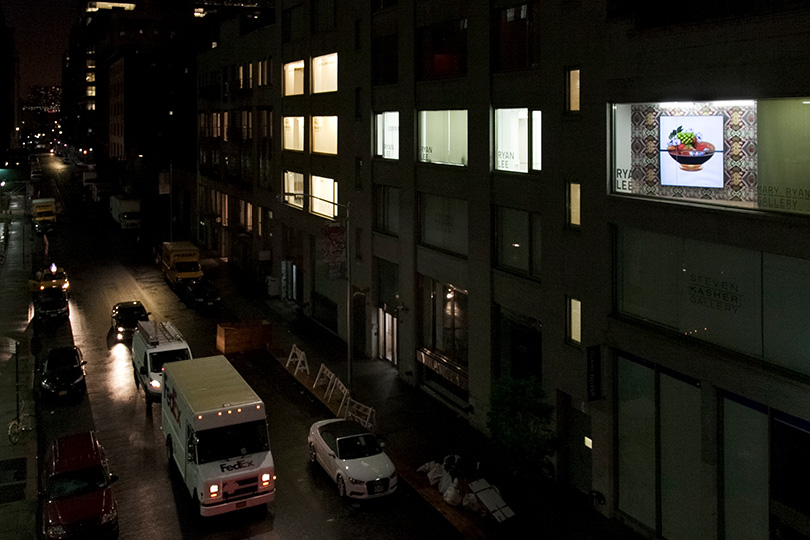
Free Food . RL Window, Ryan/Lee, New York City 2018

Love Buzz (3UP Installation View), 2019
Computer-Generated Models, H.265 60fps, HD Displays, Media Players . 3 minute 30 second loop
Celebration (Excerpt), 2018
HD Video . 5 minutes
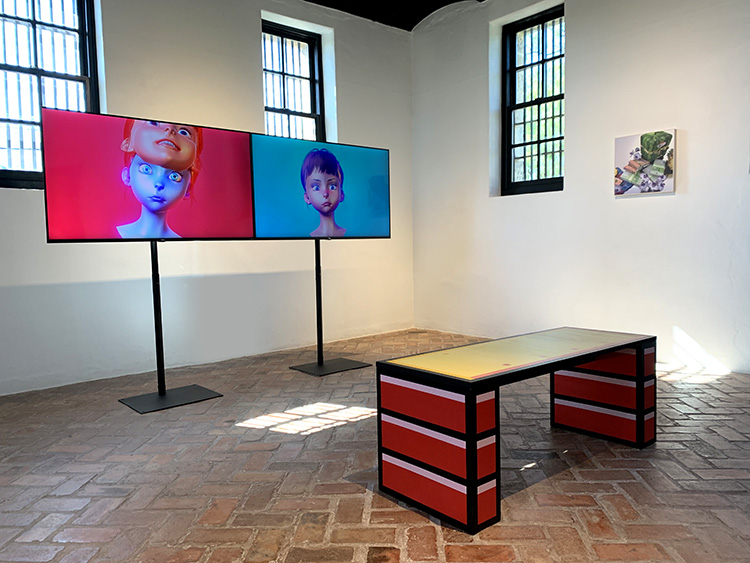
A Ghost in the Attic . Old Jail Art Center, Albany 2019
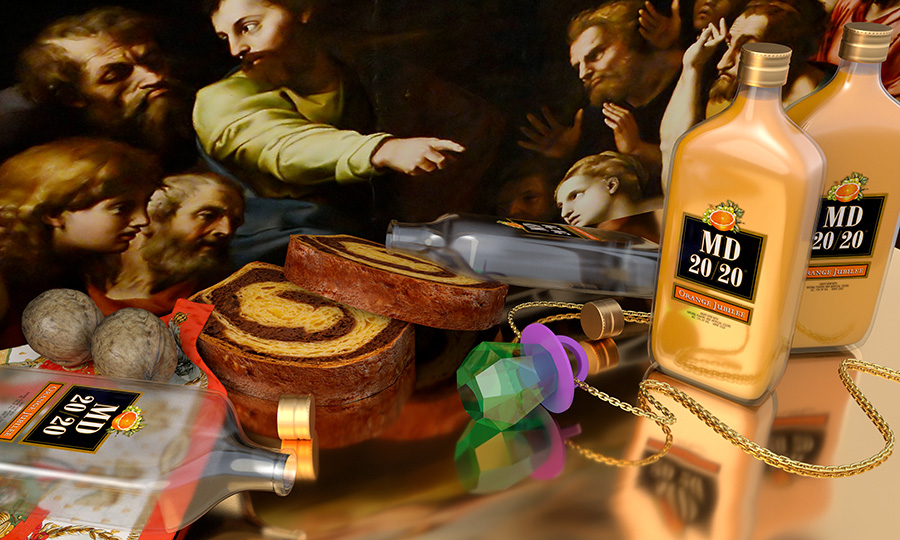
Vatican City 8:30AM 554781 Polygons, 2017
Computer-Generated Models and Rendering, Archival Pigment Print on Dibond . 18 X 24 inches

The Savanah Dance (Excerpt), 2016
HD Video. 5 minutes 25 seconds
Nightclubbing (DEMO), 2017
Real-time 3D, Virtual Reality, Custom Built Bed, Pajamas
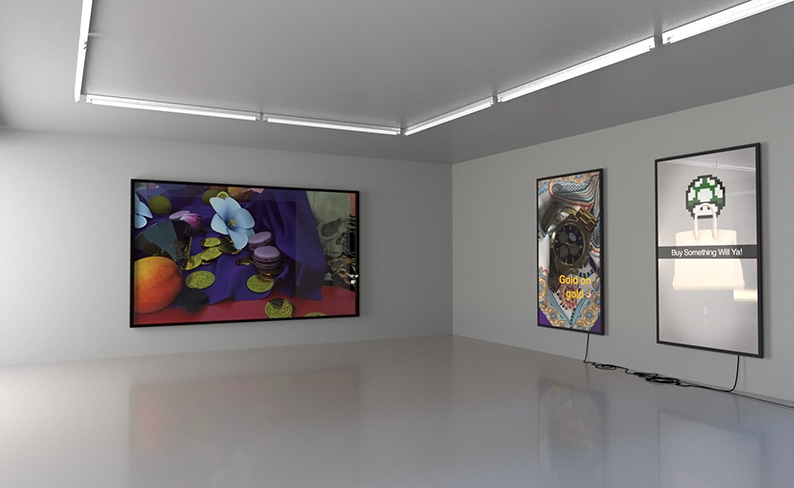
Penetration, 2016
HD Video. 5 minute 8seconds
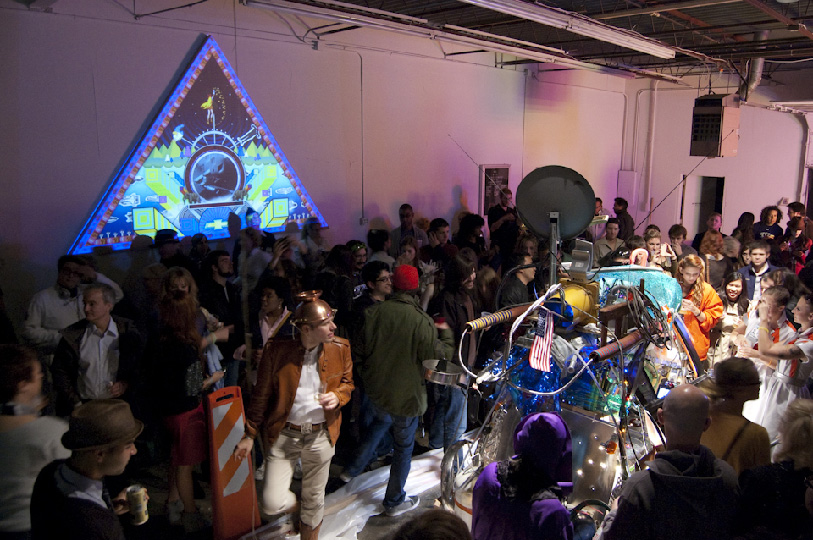
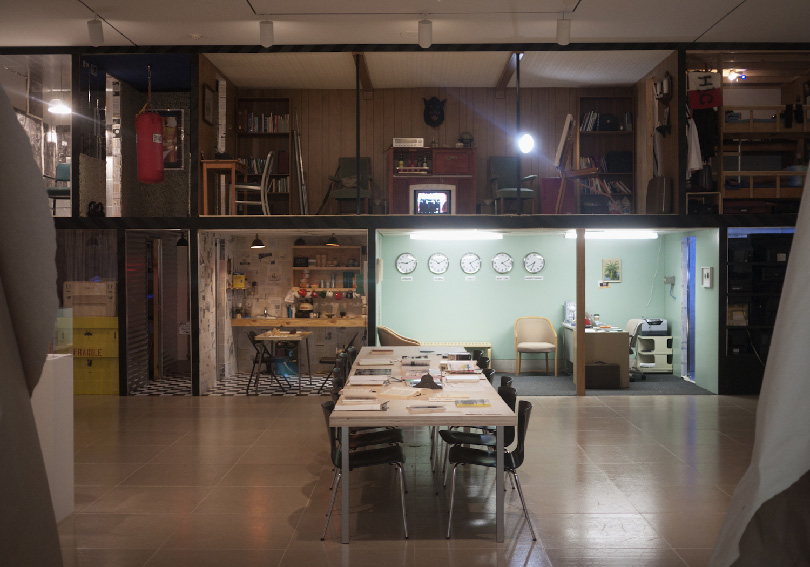
Post Communique, HOMECOMING! Committee
Installation View, Dallas Museum of Art . 2013
Moon Ribbon, 2015
Collaboration w/ Audio X River Shell + Gregory Ruppe
Presented on the Exterior of the Omni Hotel and KXT 91.7
HD Video
Lost Pines (Installation, excerpt), 2016
2 Identical Radios from Mexico and U.S., Radio Transmitter, Music Playlist
Comprising two identical boom boxes, one found in Mexico City the other in Texas, Lost Pines writes a narrative between two friends separated by borders, distance and language through an exchange of songs each responding in sequence to their geographical, historical and cultural identities. This musical narrative is transmitted across a shared radio spectrum as a call and repeat between the two stereos.
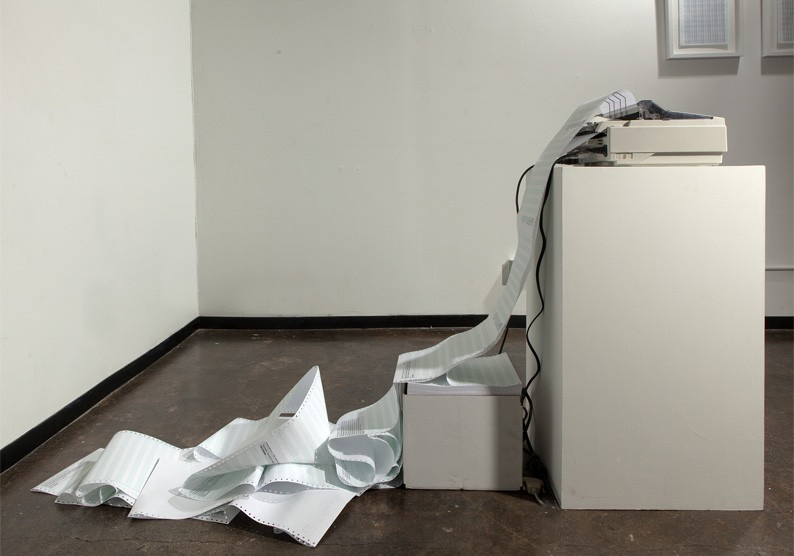

Missed Calls (Installation View), 2013
Dot Matrix Printer, Cell Phones, Custom Software . Dimensions Variable
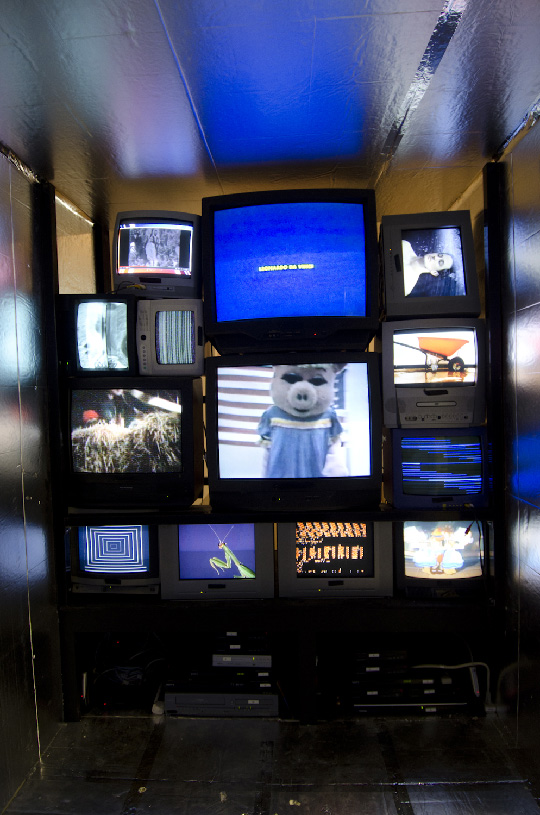
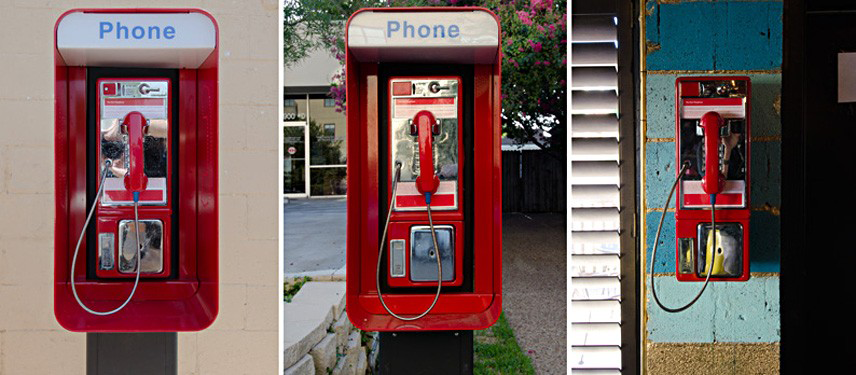
The Red Telephone (Installation View), 2012
Payphones, custom software, website . Dimensions variable
www.theredtelephone.net
On The Red Telephone
Terri Thornton // Curator, where is the power
Fort Worth Contemporary Arts, 2012
The red telephone
is the famous hotline that linked the White House via the National Military Command Center with the Kremlin during the Cold War. As a description it might also bring to mind the historical and beloved British phone box. And finally, The Red Telephone is the title of the summer of love,
1967 pop song by the rock band Love. None of which is lost on artist Kris Pierce, and related or unrelated, it all offers an interesting lens through which to consider his 2012 piece by the same title.
For where is the power, Pierce connects people alienated from one another due to geographical segregation within Fort Worth by placing three red (non)pay phones in key locations throughout the city in his piece titled The Red Telephone. Modified with a wireless transmitter, the phones become public confessionals that, streamed to a web-based station, disclose dialogue, bridging distance and difference while giving power to voice. The Red Telephone, 2012 is a performative work offering individuals the opportunity to confront insecurities, speak their mind and connect to strangers who listen to their recordings as well as those who participate from disparate locations. Participation with The Red Telephone is abstract and the connections hypothetical but the live and archived recordings are revelatory as they reflect the various communities while highlighting differences and some similarities.
The children's voices on Pierce's red telephone at Unity Park Mission on August 29 are playful and combative as some children identify themselves, some play pretend and others argue and swear while participants at the location outside Fort Worth Contemporary Arts on the night of the exhibition opening are cautious, self conscious, playful, performative and confessional.
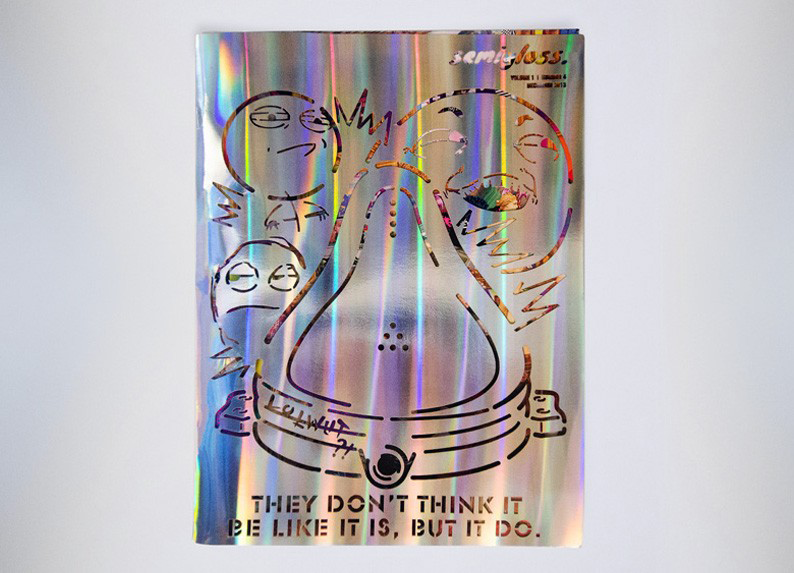
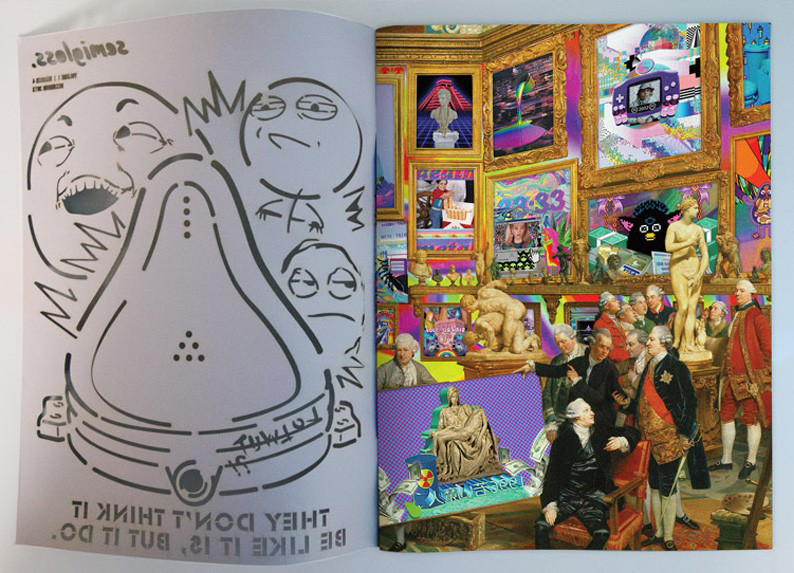
They Don't Think it be Like it is, But it Do., 2014
Semigloss Magazine"
++++ FUTURE ++++
Granite Countertops and Stainless Steel Appliances, 2013
HD Video . 3min 36seconds
All copyright Kris Pierce 2010-2024.